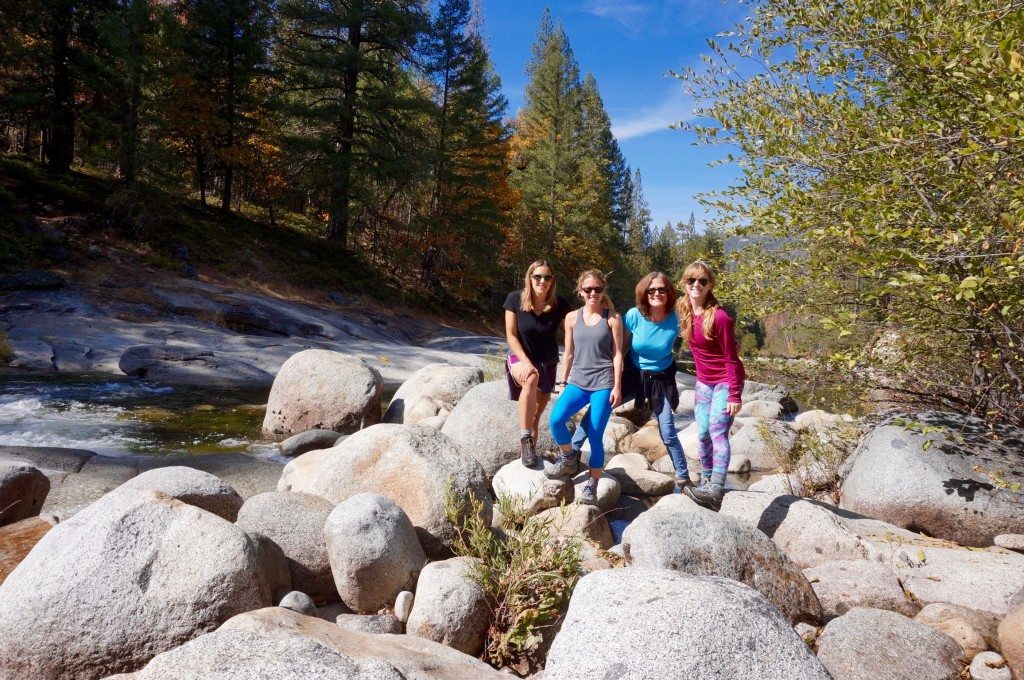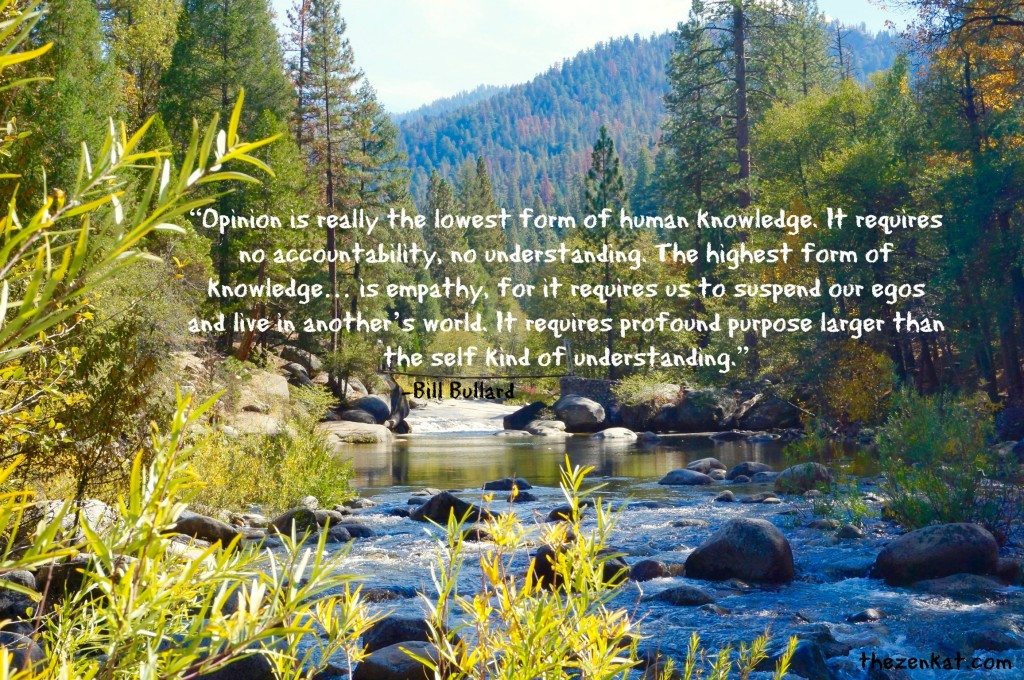Emotional Intelligence and Stuff
 “I believe that if you’re doing the right things and being true to yourself, good things will happen.”
“I believe that if you’re doing the right things and being true to yourself, good things will happen.”
-Jim Breuer

Listen to the wind, it talks.
Listen to the silence, it speaks.
Listen to your heart, it knows.

Dr. Marc Brackett spoke on Emotional Intelligence: From Theory to Everyday Practice at Facebook. Naturally I’m including some key points from his talk married with photos from my recent adventures in Yosemite and on the California coastline.


Feelings can easily define our reactions. Sometimes we revert back to primitive actions when strong feelings arrive, especially for the younger mind.

The emotional system undoubtedly drives decision making. A study proved so with teachers grading papers. On average, when teachers are in a poor mood, they grade assignments a whole letter grade lower.
Emotions are signals. They tell us to approach to or to avoid a situation.
Emotions inform how we think, our decisions, the quality of our relationships, our health, and everyday performance. The wisdom with which we use our emotions is especially important.

People who try to be creative end up with creative project success. The key is implementing ideas beyond the first phase. Play the motions forward to completion. People with higher emotional skills tend to be the ones to complete creative projects. These people can handle criticism better than others and don’t crumble.

Try emotional check-ins. Emotions more than matter. Feeling low isn’t a sign of weakness, rather weakness is a successful projection.
Be a curious scientist rather than a knowing judger.

Striving for happiness is no longer the answer since we’re all so different. Instead, let’s strive for wellness.
When it comes to handling emotions, remember Ruler:
- Recognize
- Understand
- Label
- Express
- Regulate
Emotions qualify:
- Attention, memory and learning
- Decision making
- Relationship quality
- Physical and mental health
- Performance and creativity
To close emotional gaps, adopt the emotions matter mindset and infuse emotional intelligence into training and everyday practices for all stakeholders.

Think about your mood. How does it compare to the beginning of your day? How about the end?


